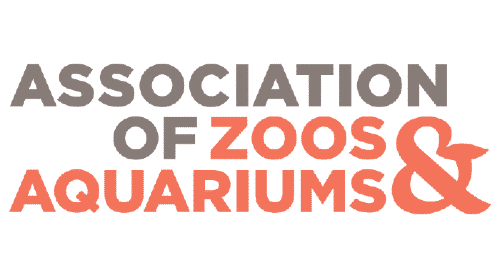Addressing AZA’s Disinformation

A recent letter to The Oregonian by the zoo lobbying group AZA is filled with disinformation intended to confuse Portland voters into passing the $380 million bond measure. Let’s address them here to set the record straight. We are also sharing our response with The Oregonian.
Big Tobacco absurdly denied the obvious link between smoking and cancer. Equally absurd is AZA’s denial of large animals experiencing misery in small enclosures. Recall that the same AZA happily allowed a zoo accredited by them to make elephants give car washes, Tiger King style.
Elephants don’t thrive when they don’t have the ability to move freely over large expanses, regardless of the standard of care. This is the conclusion from multiple studies undertaken on captive elephants in various settings. One study found that even semi-wild elephants used for logging in the forests of Burma have a better life expectancy and better breeding success than those in zoos. Even under poorer standard of care, they do better because they remain in their natural habitats as compared to their zoo counterparts.
In the last decade, after spending $57 million of taxpayer money on the tiny elephant enclosure, Oregon Zoo has seen the deaths of four elephants, a tuberculosis infestation, miscarriage, foot disease and injuries from bullying. This poor track record has caused the zoo to be listed in In Defense of Animals‘s worst zoos for elephants 13 times, including taking the top spot in 2022.
The AZA letter further claims zoos’ successes with tracking, holding and moving giraffes. As with other zoo claims, a little scrutiny is enough to expose the truth. Just a few weeks ago, a baby giraffe in Miami Zoo died when her enclosure caused her neck to break. A few days ago, another baby giraffe died in a zoo in North Dakota from a similar incident. Sadly, such incidents are routine when large wild animals are kept in small unnatural confines.
Should you go to Oregon Zoo (though we urge you to not support animals’ suffering), pay close attention to the large animals. You will find elephants walking in circles or constantly swaying and polar bears walking back and forth repeatedly. These are stereotypical behaviors developed as a self-soothing response to the stress of confinement. Such behaviors are not observed in animal sanctuaries that provide hundreds of acres to roam in natural settings. Oregon Zoo provides a few acres.
When AZA claims that zoos help visitors “reconnect” with our nature, bear in mind that it comes at a terrible cost of making wild animals disconnect from theirs.

